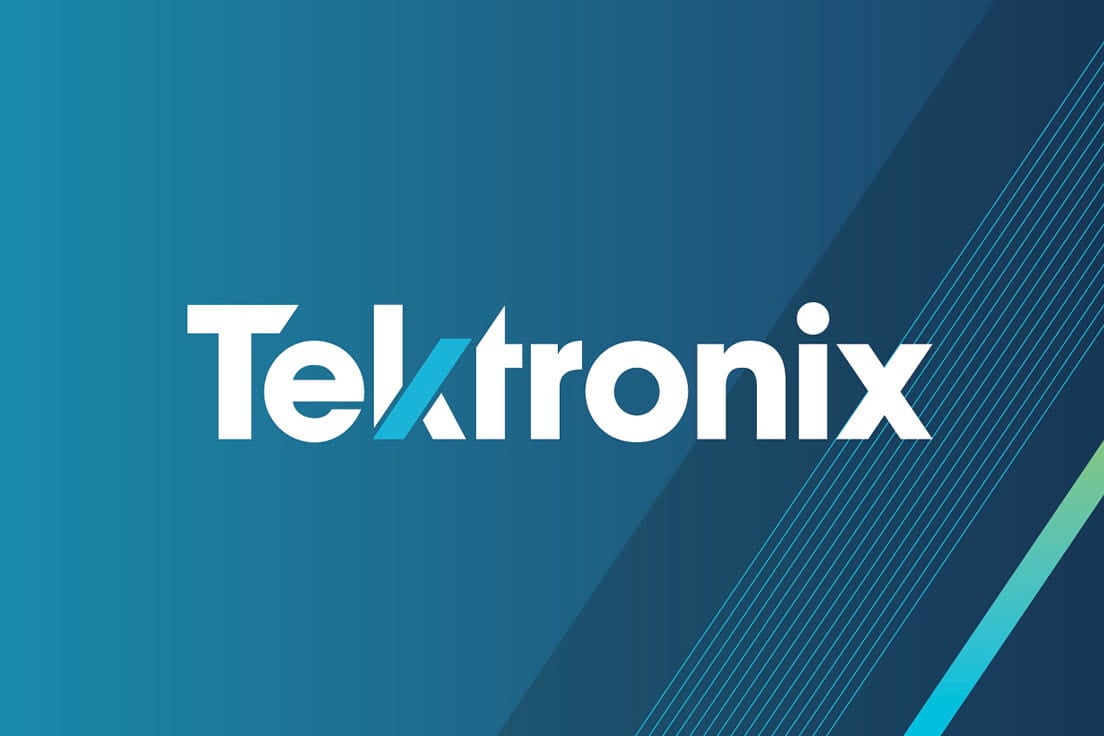
During my lunch hour run (stroll) at the Tektronix campus last Wednesday, I bumped into one of our product managers carrying a stack of white papers. As it turns out, he was off to meet with a group of software engineers to review technical requirements for application modules used with oscilloscopes. While these modules are designed to address specific standards or measurements, their overarching purpose is to improve productivity, reduce measurement error, and ensure repeatability for complex measurements.
So what does it take to design one of these modules? The first step involves gathering feedback from you – our customer, about your needs and requirements. Our marketing team then channels your recommendations to our engineering team, and after three months of intense definition, coding and integration, a single module is ready to be shipped.
However, there is much more going on behind the scenes, and our software team is always looking for opportunities to push the boundaries on what they deliver to you. For instance, when the Ethernet signal analysis module (DPO4ENET) was being developed, the initial requests from customers were to include triggering on MAC addresses, FCS error signals, and SFD.
During one of their regular brainstorming sessions around the pool table, the software team recognized that Ethernet-based systems would benefit from triggering on IPv4 packet content as well – in particular for 10BaseT and 100BaseTx technologies. They were entering the unknown as no other test and measurement company had incorporated IPv4 triggering and decoding before, but were determined to go the extra mile. They succeeded and over time DPO4ENET has become one of Tek’s most popular software modules.
Software module testing labs at Tek’s Beaverton campus
Tektronix has developed several such modules, each with its own innovation breakthrough story to tell. They encompass various applications (and sub-applications) including:
- Serial decode for audio, aerospace, automotive, computer and embedded systems
- Power analysis
- Limit and mask testing
- Video signal analysis
These software modules are essentially sub-routines of code that are integrated to form application solutions. Remember, each individual sub-application takes a team of engineers three months to develop. This means that bundling these together effectively packs in over 10 person years of effort. This effort is all worthwhile when we hear back from satisfied customers about how the modules are improving results and giving them time back in their days.
Since publishing the above blog, Tektronix is currently offering a free upgrade to 3/6 GHz spectrum analyzers and a free bundle of software applications on mixed-domain oscilloscopes.




